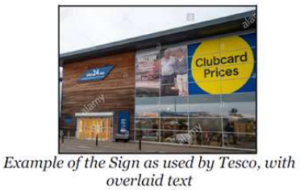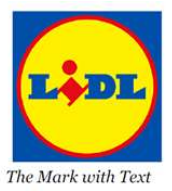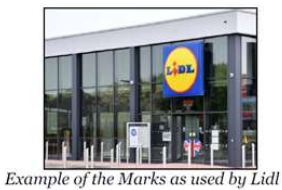Two IP consultant trade mark attorney Rachel Havard discusses the IP Audits Plus scheme for SMEs, and possible government funding available, for applications made through Innovate UK Edge.
As a trade mark attorney, it is fascinating for me to carry out a deep dive into the present and future interests of a business, to be able to offer well informed advice upon how to identify and protect valuable intellectual property (“IP”) rights, insofar as they might exist now, are able to be protected, or could be created for protection in the future. Working closely with patent attorney colleagues, I have had the pleasure of conducting many IP audits over the years, for businesses in diverse and often rather unusual markets. My blog below sets out available options, and how these could help your own business.
Possible government funding for IP audits
The IP Audits Plus scheme, available through Innovate UK Edge, enables qualifying SMEs to receive a £2500 (inc. VAT) contribution from the UK Intellectual Property Office (“UK IPO”) towards an IP audit to the value of £3000 (inc. VAT). As such, for a payment on their part of only £500 (inc. VAT), the business can receive a thorough assessment of its position in relation to IP rights available to them, along with recommendations for optimising their protection.
The IP Audits Plus scheme is a competitive grant-funding scheme, open to SMEs ranging from start-ups to already high turnover businesses, if they have witnessed, or are expecting, strong growth, and IP will be significant to the development and commercialisation of the product/service allowing the business to grow.
Should IP audit funding be granted, future costs for protection of identified IP will usually need to be incurred, but the audit process will result in a clear set of recommendations for efficient protection where it really matters, along with dos and don’ts to effectively maintain that protection, to avoid infringing third parties’ IP rights, and with a strong steer towards the most cost effective, tailored approach for the business concerned.
Applications and process for IP Audits Plus through Innovate UK Edge
The audit would need to be applied for with the assistance of a regional Innovation and Growth Specialist from the Innovate UK Edge network of such advisors. Should the application for audit funding be granted, the recipient needs to appoint IP attorneys, such as Two IP, to carry out the audit. The audit report would require submission with the UK IPO by a specified date, usually within a couple of months, to enable their release of the government funding payable to the selected IP attorneys, with the audit recipient to pay the remainder.
The audit process will often begin with a fact finding meeting or visit of your business from the selected IP attorneys. As part of the process, we would explore the following and related areas, and develop the audit report from the information gathered, adding our own strategic recommendations:
- Scope of your business, both technical and geographic, looking at the present, but also future possible directions or expansion;
- Existing IP in your ownership – which could include registered IP such as registered trade marks, design registrations or granted patents, or automatic rights not requiring registration, such as copyright or unregistered design rights;
- Potential IP ownership issues or contractual considerations;
- IP rights capable of protection, yet to be sought;
- Potential threats to and opportunities for protecting, enforcing, and exploiting your IP;
- Possible bars to use and/or registration of your IP;
- Recommendations and cost estimates for bolstering and managing your IP, so placing you in the best position to benefit from it.
You would receive a detailed report upon the above, for discussion with your Innovation and Growth Specialist, ahead of sign off for release of the funding. The chosen IP attorneys will usually offer a follow up consultation to agree next steps, but you could likewise take your audit report away to other IP attorneys to progress in the future.
What next?
The IP Audits Plus scheme is offered as part of a much broader package from Innovate UK Edge, and they should be your first port of call if considering an application under this scheme. See further details here.
As this is a competitive process, Innovate UK Edge will assess the capability of a particular business to benefit from an IP audit, with an eye to future possible returns and, particularly, high growth prospects. They would look to match your business with one of their Innovation and Growth Specialists with relevant experience and expertise, who could offer advice on internationalisation, sales and marketing, and other business growth areas, including assisting in completion of the application for funding under IP Audits Plus, should they consider that appropriate.
Should you be granted the funding for an IP audit, you could then appoint your preferred firm of IP attorneys, who would work with you and with your Innovation and Growth Specialist to see the audit through to the final report and recommendations, to ensure you can get the most out of your IP and the opportunities it can give you.
Even if you do not qualify for the IP Audits Plus scheme, Two IP could still help identify and protect the IP in your business, if you chose to approach us directly. Should you be seeking focussed advice upon a specific innovation or branding project, we would likewise be delighted to help.
Please do visit our website at www.two-ip.com, or get in touch with us at hello@two-ip.com with any questions you might have about identifying protectable IP and how best to protect it in your ownership.

















